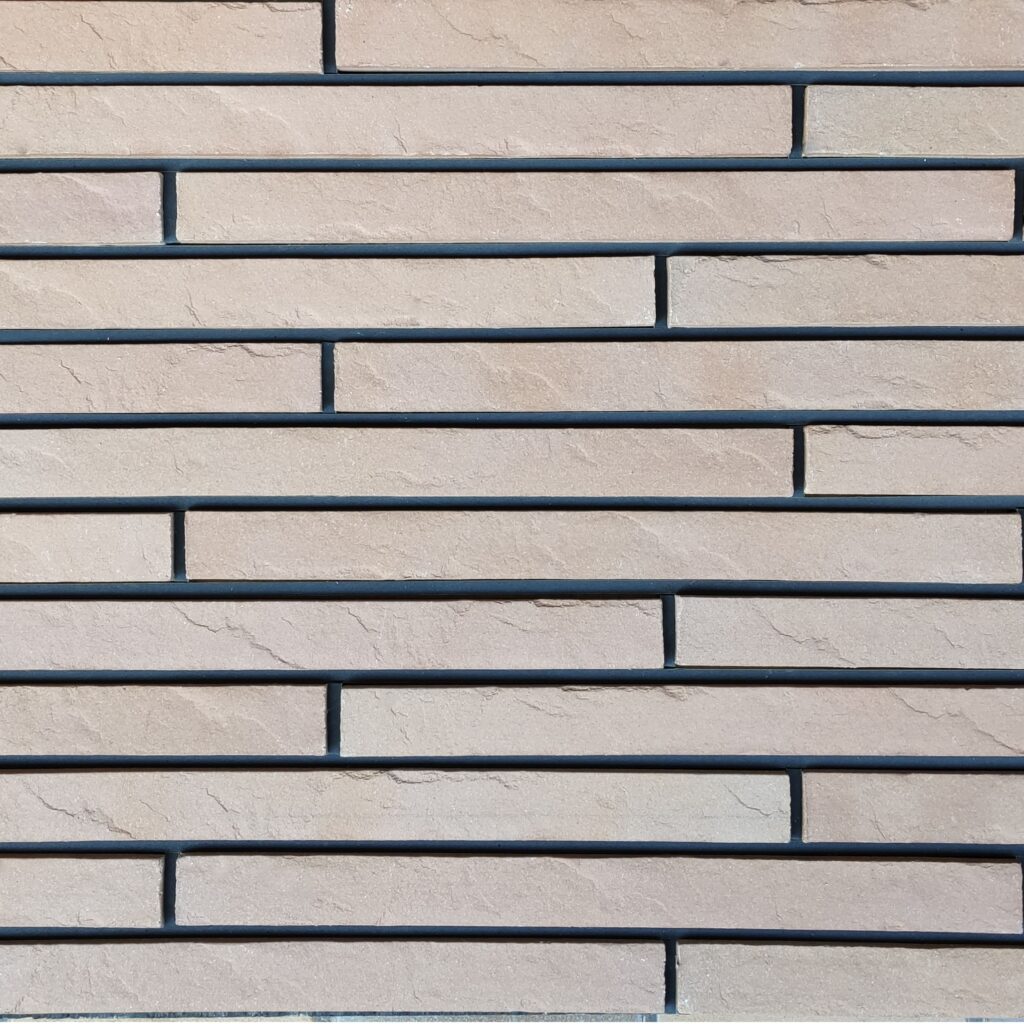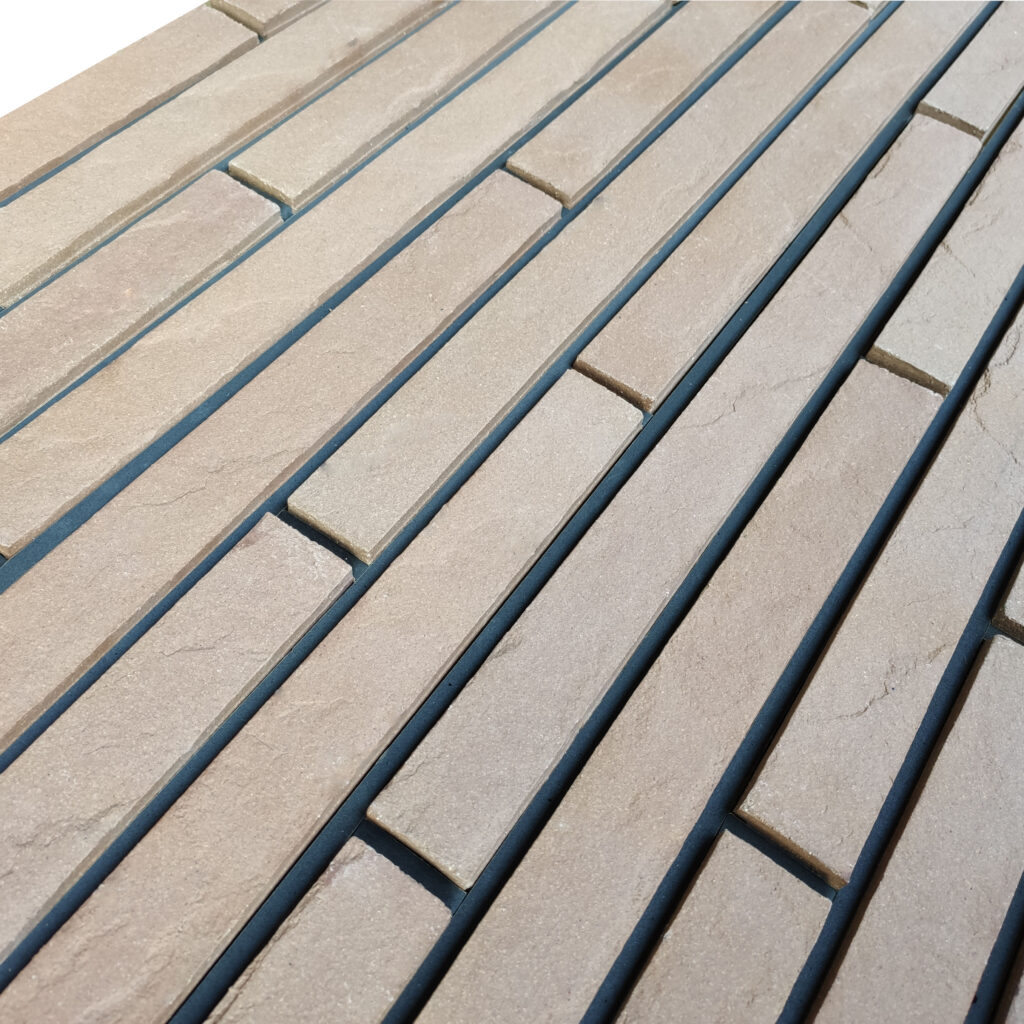Introduction of classic clay brick tile
This clay brick tile becomes a model through combination, the size is 40*500*15MM

The design of the clay brick tile is derived from nature, and the smooth texture is more outstanding under the craftsmanship, which easily brings a sense of comfort to the vision. The classic form combines the beauty of art and the shape, giving the building a new interpretation.
clay brick tiles are building materials that can be used to decorate the exterior walls of various types of building facilities, including stations, halls and halls, restaurants, waiting rooms, squares, parking lots, parks, sidewalks and other areas.
Advantages of clay brick tiles:
Environmental protection of clay brick tiles: The composition of clay brick tiles is simple, mainly shale, and the surface is not glazed. The product is fired at high temperature and has no radioactivity. It is a clean, safe and ideal environmentally friendly product
Product durability: clay brick tiles can be fire-retardant and resistant to wind and rain. Even if there is no fading from the beginning to the end of UV irradiation, it can last a long time.
The ease of use of clay brick tiles: clay brick tiles have the function of absorbing and dehumidifying. The pores distributed in the bricks can absorb and discharge external moisture. The bricks release moisture during the day and absorb moisture at night. This kind of moisture absorption and dehumidification function of the clay brick tile can help to keep the local environment moist, can avoid the air drying caused by the rapid evaporation of moisture, and can also avoid condensation. At the same time, the thermal conductivity of the clay brick tile is unmatched by other materials. . The clay brick tile building can adjust the temperature and create a comfortable living environment.
Product safety is strong: Split tiles are basically the same as ceramic wall and floor tiles in terms of function, but the dovetail grooves formed on the back of the split tiles are deeper than the grooves or pressures produced by the pressing of ceramic wall and floor tiles. The dovetail groove and the external wall are very firmly bonded, so its peeling resistance is unmatched by other facing materials.
